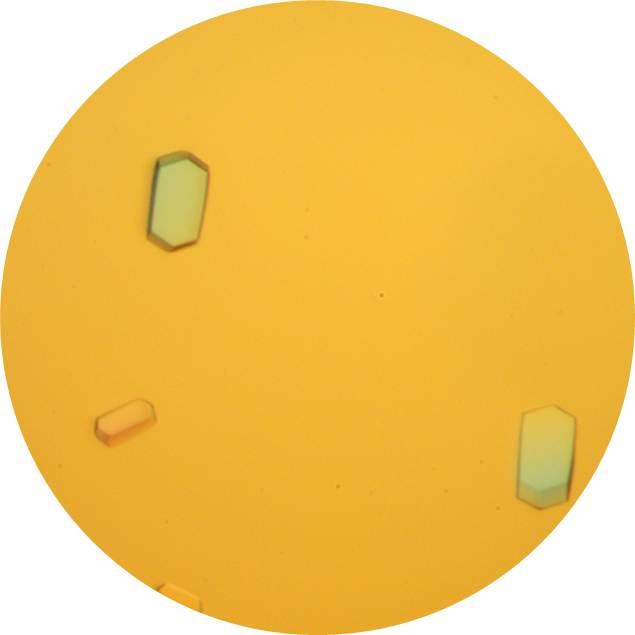Scientists from the Laboratory of Protein Structure published an article in Journal of the American Chemical Society which describes the structural insights in the increased affinity of phosphorothioate-modified therapeutic nucleic acids for proteins. The work was performed in cooperation with Ionis Pharmaceuticals – a leading company in RNA-targeted therapeutics.
 |
 |
The phosphorothioate (PS) backbone modification is one of the most widely used chemical modifications for enhancing the properties of nucleic acid-based drugs, including antisense oligonucleotides (ASOs). In these molecules, one of the naturally present oxygen atoms is replaced with a sulfur atom in the phosphate backbone of the DNA. However, the structural basis of the interactions of full PS nucleic acids with proteins remained unknown. Malwina Hyjek-Składanowska, Agnieszka Napiórkowska and Marcin Nowotny obtained a crystal structure of a model ASO-binding protein PC4 in complex with a model therapeutic oligonucleotide (so-called PS 5-10-5 2’-O-Me DNA gapmer ASO). This is the first published structure of a complex between a protein and DNA in which all the backbone groups are in a form of thiophosphates.The obtained results showed that the ASO is bound in hairpin-like conformation and its central part promotes the interaction of two PC4-DNA complexes through base pairing. This constitutes a possible mechanism of ASO-induced toxic protein aggregation, which is a known drawback of PS DNA. The protein interacts with the PS-nucleic acid through a network of electrostatic and hydrophobic interactions. Importantly, the backbone of the PS ASO is able to form new and more extensive hydrophobic interactions than a natural phosphodiester backbone which provides insights into the origins for the enhanced affinity of PS for proteins. The importance of the contacts revealed via structural analysis was further confirmed in a set of binding assays.
In summary, the results gain insights into the mechanism of binding of PS ASOs to cellular proteins and provide a potential model for how these interactions can template protein-protein aggregation causative of cellular toxicity. The presented results are an important step forward in the understanding of the interactions of phosphorothioate ASOs with proteins. This work provides information that can be instrumental in the design of improved nucleic acid-based drugs.
Malwina Hyjek-Składanowska, Timothy Vickers, Agnieszka Napiórkowska, Brooke A. Anderson, Michael Tanowitz, Stanley T. Crooke, Xue-hai Liang, Punit P Seth, and Marcin Nowotny J. Am. Chem. Soc., Just Accepted Manuscript • DOI: 10.1021/jacs.9b13524 • Published online:10 April 2020.
Full article: Origins of the Increased Affinity of Phosphorothioate-Modified Therapeutic Nucleic Acids for Proteins.

